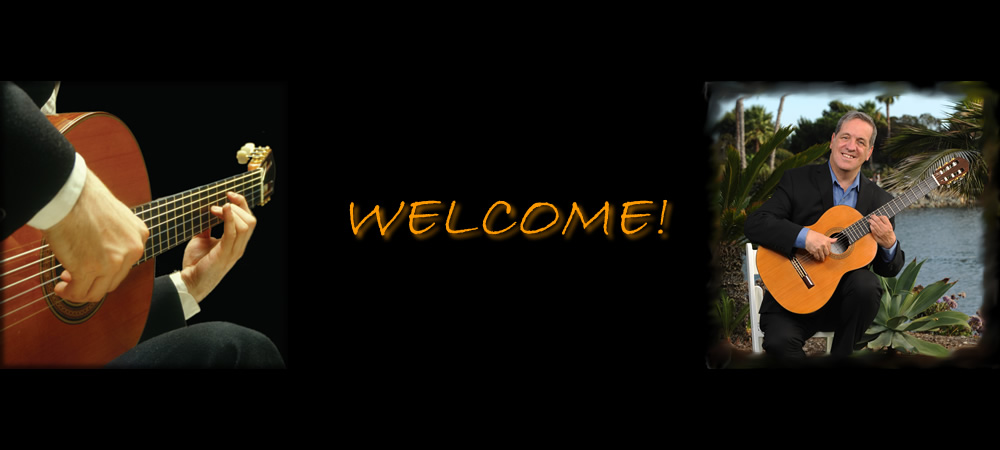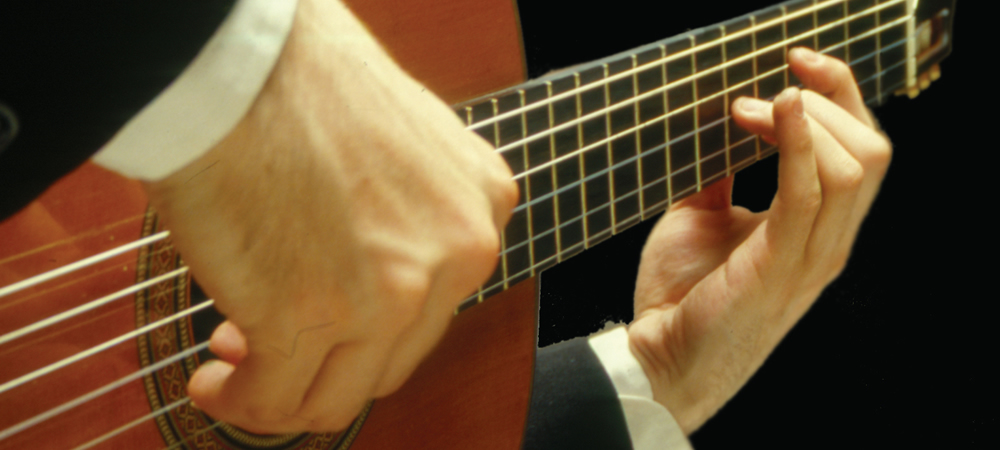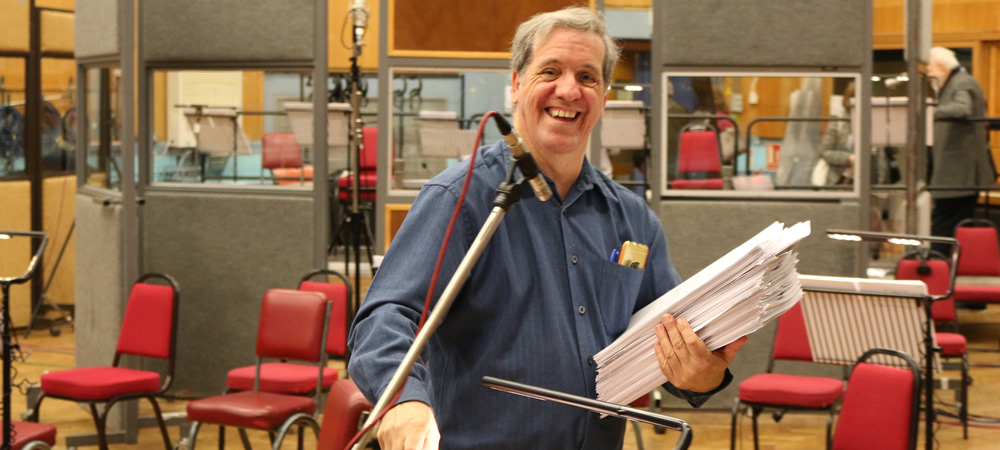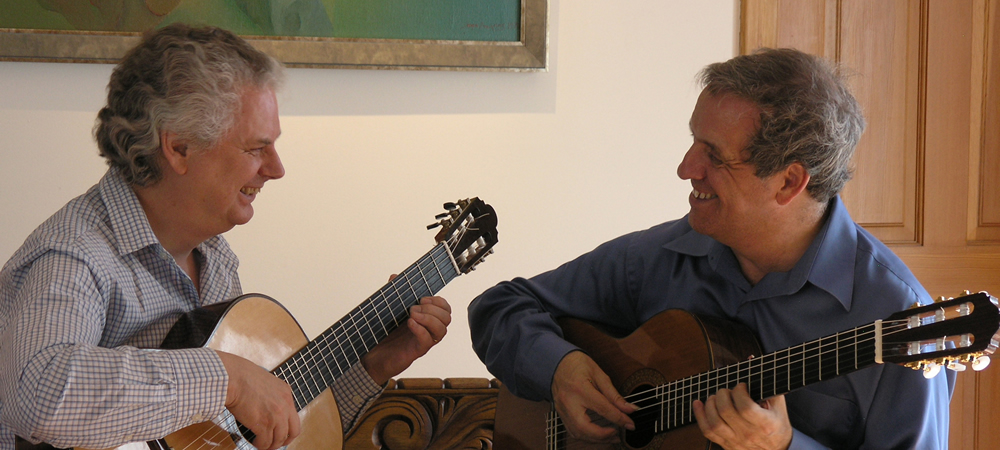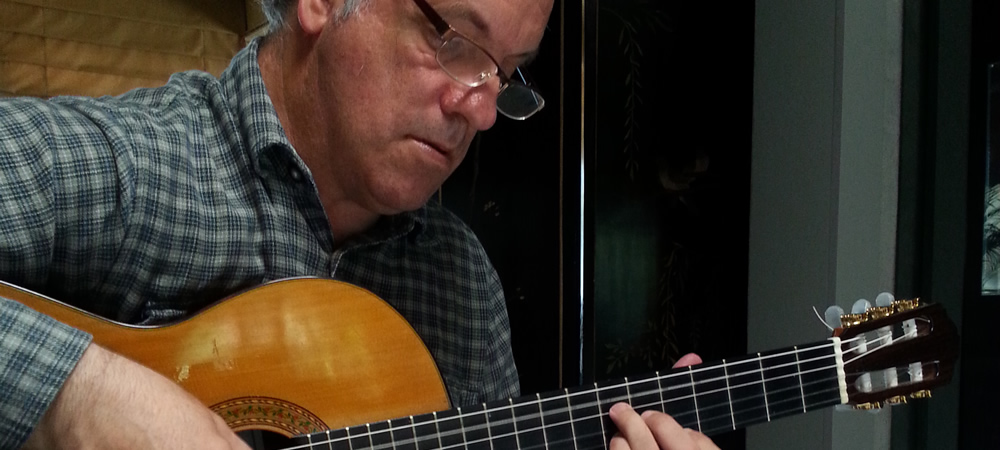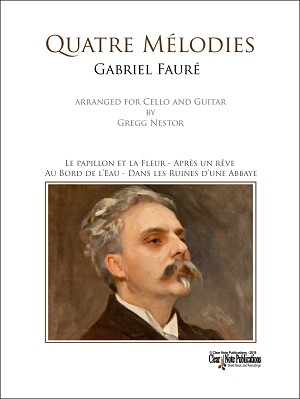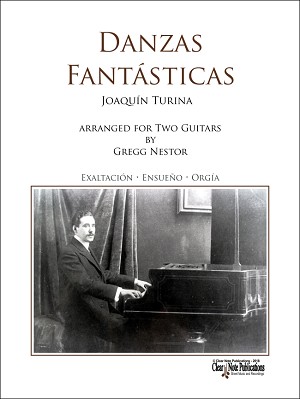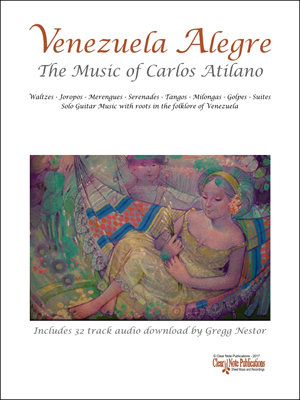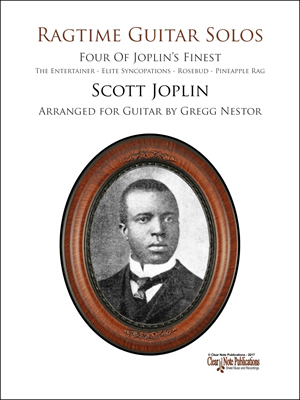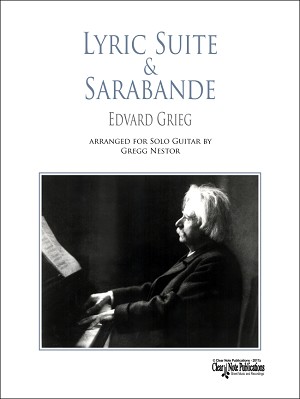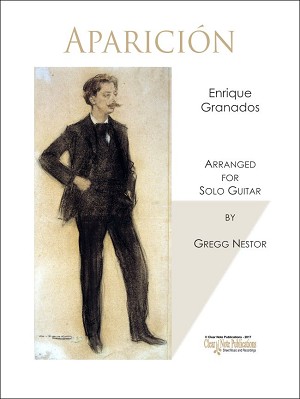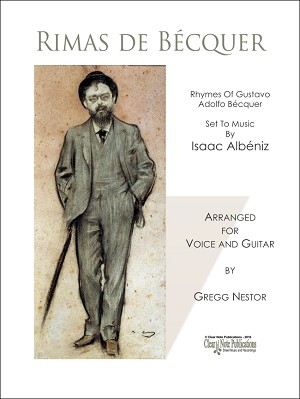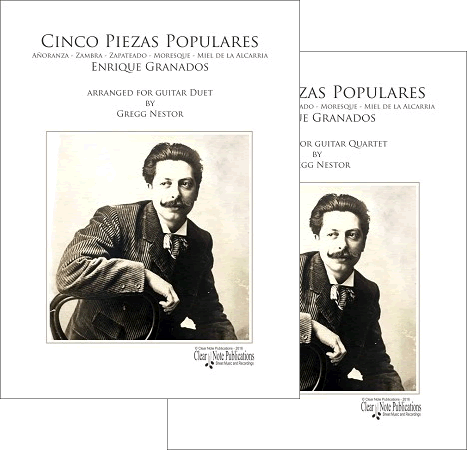Gabriel Urbain Fauré (1845-1924) was one of the great composers of French song who perfected the mélodie as a true art song form. He created an extraordinary range of songs, all original in conception and constantly developing in style, extending the musical parameters of French song and inspiring new techniques of vocal composition. Fauré’s lyrical songs translate beautifully into instrumental music and are arranged here by Gregg Nestor for cello and guitar. The score plus parts and an audio download are available here.
Le Papillon et la Fleur was, in fact, Fauré’s first published composition – composed, in his words – “in the school dining hall amid the smells of the kitchen,” – and is one of the composer’s most simple and direct mélodies.
Aprés un Réve is one of Fauré’s best-known and most beguiling works. The work depicts a dream in which the narrator and her beloved come together in an almost unworldly meeting, followed by a longing to return to this dream state after awakening.
In Au Bord de l’Eau both the cello and guitar accompaniment evoke flowing water, with gentle arpeggios suggesting ripples on the water. Occasionally the melodic focus is passed from cellist to accompaniment amongst shifts between minor and major modes.
In Dans les Ruines d’une Abbaye the music juxtaposes a young newly married couple amid the ruins of an abbey, two near-opposites. The tune is as light as the mood of the newlyweds the song depicts, with simple rippling accompaniment on the guitar.
